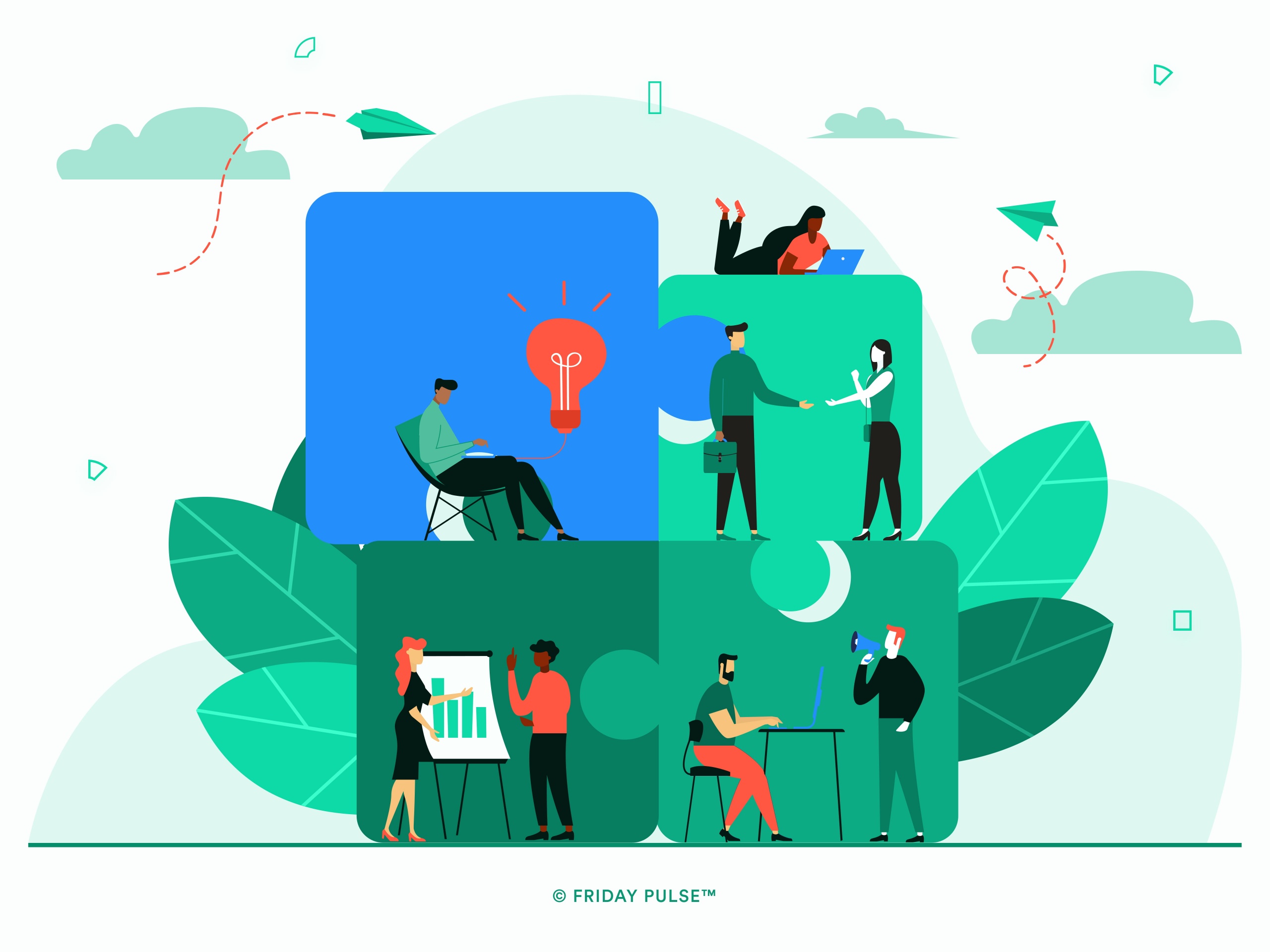Changing the corporate landscape
Wellbeing is a hot topic in an era where home working has been
mandatory, and people are exhausted. Dubbed by economists as “The Great
Resignation” or “The Great Reshuffle” 2021 was the year more than 4
million people left their jobs in a single month in the US with
various global surveys showing that 38-41% of workers were thinking
about quitting their jobs.
The pandemic forced jobs to change, but workers changed too.
They’ve reflected on what’s important to them and how they were treated
when they felt at their most vulnerable. They ask questions like “what
matters most for my health and wellbeing?” and “what is my workplace
saying to me about whose health and wellbeing counts?”
People are landing on care, concern, and community. They want to
feel they belong – both to the organizations they have risked their
health and lives for and to the family and friends they have missed
spending time with through the pandemic.
In such extreme conditions, pressure is on organizations to re-think how
they encourage people to continue contributing. And the pressure comes
at a time when organizations are operating under difficult circumstances
with limited time and budget. This means organizations must move smartly
to engage and re-engage the colleagues who are feeling disheartened and
disenfranchised.
This is where positive psychology and the science of human wellbeing can
help.
When we adapt to perks they stop bringing happiness****
There is a long history in the workplace of incentivizing people to go
the extra mile with compensation, bonus schemes, benefits packages,
office redesigns and free food. As motivators, these perks are what
psychologists call “extrinsic motivators” and they do a very good job of
activating dopamine circuits in our brain which give us a little “buzz”
when we do something well and make our future a better place.
But the buzz we get from extrinsic motivators is short-lived.
Psychologists sometimes refer to this as “hedonic adaptation”. We
see it in the loss of shininess of different perks, whether it’s a less
formal dress code, snacks in the break room, or a gym membership.
The pool table sits in the office and only gets used a few times a week,
and then maybe a few times a month, and then never. Just as we adapt to
adverse situations, we also adapt to good things as well. The pool table
isn’t as fun after it’s been in the office for some time. It takes
more effort to achieve the same amount of ‘fun.’
For a company, this adaptation is costly in the long run.
This is why we focus on the things we don’t adapt to. We don’t tire of
the benefits of greater emotional intelligence. We don’t get bored of
better-quality relationships with colleagues. These are benefits that
keep building and growing over time, leading to a better employee
experience.
Three feelings for self-sustaining happiness****
Psychologists Deci and Ryan have long researched and tested the
difference between extrinsic motivation and intrinsic motivation,
between individuals and across cultures. Self-determination theory
describes how three feelings furnish us with a natural motivation for
learning, growing and developing.
- feeling a closeness and psychological connectedness to others
(relatedness);
- feeling able to master challenges and influence circumstances
(competency);
- feeling our behaviour is connected to, rather than disconnected from,
our interests, preferences and desires (autonomy).
When positive moods flow from a sense of relatedness, competency and
autonomy, we are happy and energized. This process is different to
deriving short-term happiness attached to the status and money that
comes from extrinsic motivators. It is more sustaining and
self-perpetuating, because it feels great to have the internal
motivation and support networks to face whatever life throws at us. We
manage one set back and we build the internal knowledge that we did ride
the wave of change, however disoriented and hopeless we felt along the
way.
Cultivating happiness we don’t adapt to
Restorative and regenerative environments find ways to celebrate and
uplift how connected we feel, how competent we feel and how
self-directed we feel. In some organizations this looks like investing
in spending time together—any activity that creates an opportunity for
people to connect person to person, not just colleague to colleague.
For other companies, the focus is on strengths-based recruitment and
high autonomy environments, so colleagues have more opportunities to
experience a sense of flow at work. Some of our clients have
re-designed their feedback processes so people are more self-directed in
when, how, and in what direction they develop their skills and
knowledge.
At Friday Pulse we have built Deci and Ryan’s three feelings for natural
motivation into the design:
- We make it safe for people to come together to talk about their
emotional experience by deepening and humanizing the conversations
that typically happen in the workplace
- We celebrate the small achievements individuals and teams make from
week to week, building that sense of “I can” and “we can”
- We provide the tools for people to reflect and act on how they’re
feeling, nurturing the self-awareness required to be self-directed at
work
Little-by-little we create the opportunity for people to feel good
through satisfaction of the core psychological needs we now know are
needed for enduring happiness and wellbeing.
Building resilience over time****
An investment in cultivating belonging, competency and autonomy is not
only about unleashing people’s motivation and potential. It is an
investment in future resilience.
During the onset of COVID in March of 2020, companies around the world
saw a massive drop in engagement and wellbeing scores. However, Friday
Pulse clients fared significantly better than their peers. They
reported:
- SHOCK ABSORPTION - An 18% drop in their weekly happiness scores
compared to a 30% drop in white collar workers
- BOUNCE BACK - A return to 90% of pre-pandemic happiness levels in
3 weeks compared to 13 weeks
- SUSTAINED HAPPINESS - End of year employee happiness levels were
20% higher with 47 weeks at (or above) 90% of their pre-pandemic
levels, compared to 20 weeks for peers
It’s important to note here that there are always ups and downs—there
will never be a pure constant ‘happy’. But slow and steady 1% and 2%
gains in happiness makes a significant difference to how people think
and what they do. Improvements in happiness help us take in more
information and invest energy in new things, build relationships and
heal the effects of negative emotions. We are better problem solvers and
more effective copers. Therefore, happy employees report 55% lower
stress levels. They are also six times more likely to innovate and be
creative.
The result is a company where team leaders and members share
responsibility for the culture and team happiness. Unlike trendy perks
like a snack bar, these are real perks that have a real effect on a
company.



